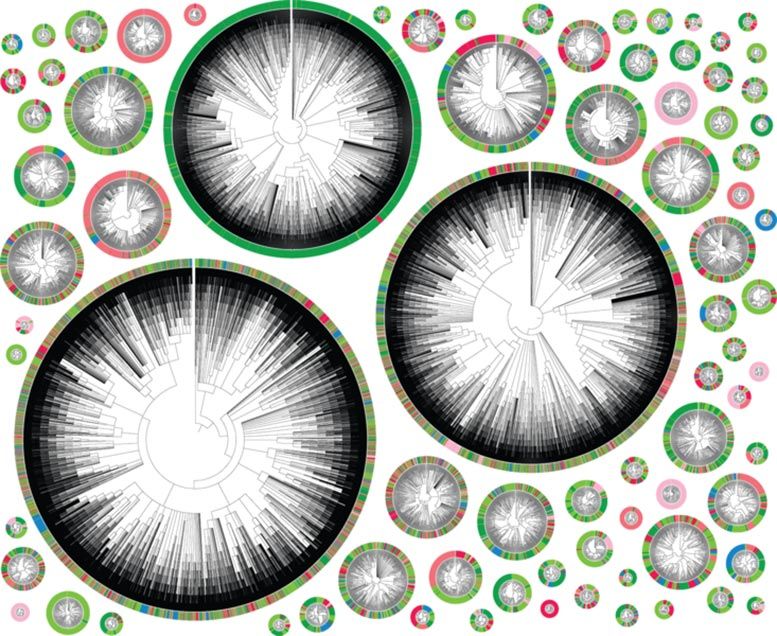HOUSTON — (Jan. 252021) — Wireless communication directly between brains is one step closer to reality thanks to $8 million in Department of Defense follow-up funding for Rice University neuroengineers.
The Defense Advanced Research Projects Agency (DARPA), which funded the team’s proof-of-principle research toward a wireless brain link in 2018, has asked for a preclinical demonstration of the technology that could set the stage for human tests as early as 2022.
“We started this in a very exploratory phase,” said Rice’s Jacob Robinson, lead investigator on the MOANA Project, which ultimately hopes to create a dual-function, wireless headset capable of both “reading” and “writing” brain activity to help restore lost sensory function, all without the need for surgery.






